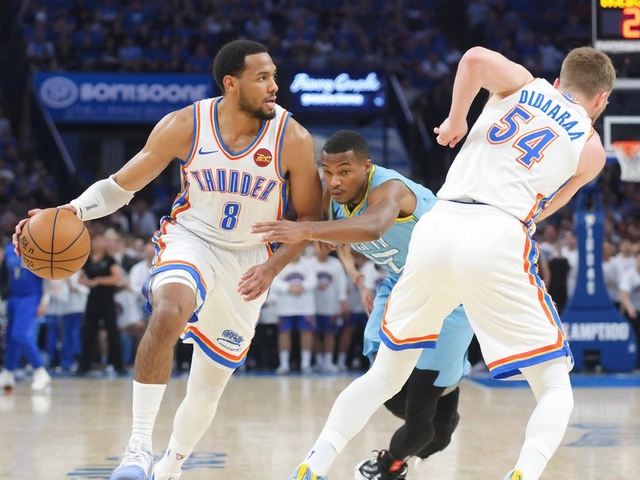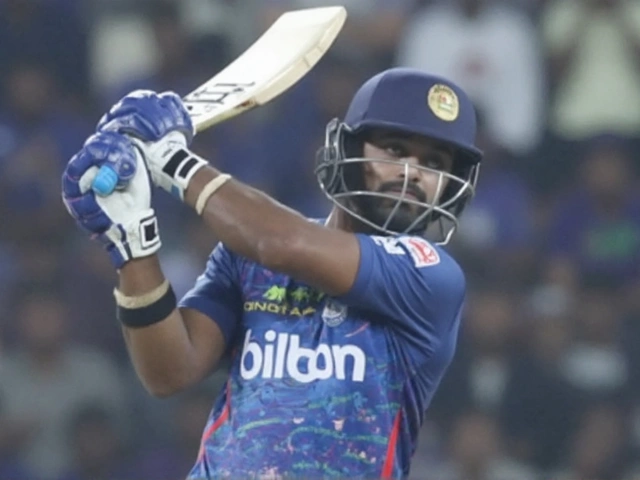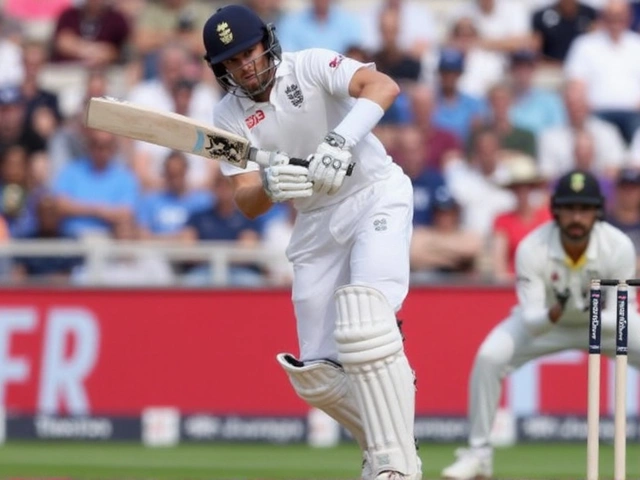Injury Concerns Every NY Coach Should Know
Injury talk can feel heavy, but catching problems early saves seasons, money, and headaches. Whether you run a high‑school team, a community league, or a personal training session, knowing the basics of injury prevention and recovery can keep your athletes on the field.
Spot the Red Flags
Most injuries start with a tell‑tale sign: pain that sticks around after a workout, swelling that won’t go down, or a loss of range of motion. Teach your players to speak up the moment they feel something off. A quick check – “Does it hurt when you move? Does it feel weaker than usual?” – can separate a sore muscle from a tear that needs professional care.
Common red flags include:
- Sharp, sudden pain during a drill
- Persistent soreness after 48 hours
- Visible swelling or bruising
- Loss of balance or coordination
If any of these pop up, pause the activity and apply the R.I.C.E. steps (Rest, Ice, Compression, Elevation) while you arrange a proper evaluation.
Prevent Injuries Before They Happen
Prevention is cheaper than treatment. Warm‑ups that combine dynamic stretches, mobility drills, and sport‑specific movements prime muscles and joints. For example, a soccer warm‑up might include high‑knee runs, leg swings, and quick‑foot ladder drills.
Strength training is another cornerstone. Focus on core stability, hamstring strength, and shoulder rotator cuff work – these areas are repeat injury hotspots. Simple bodyweight circuits (planks, glute bridges, push‑ups) done three times a week make a big difference.
Don’t forget equipment. Proper footwear that matches the playing surface, well‑fitted gear, and regularly inspected equipment cut down on ankle sprains and impact injuries.
Smart Recovery Strategies
When injuries do occur, a clear recovery plan speeds the return to play. Work with a qualified physiotherapist for a tailored program, but you can start with basic steps at home:
- Gentle range‑of‑motion exercises after the first 48‑hour rest period
- Gradual re‑introduction of weight‑bearing activities
- Use of compression sleeves or braces if recommended
- Regular check‑ins to track pain levels and progress
Nutrition also plays a role. Protein helps rebuild tissue, while anti‑inflammatory foods like berries and omega‑3 rich fish can reduce swelling.
When to Seek Professional Help
Some injuries need more than home care. If pain persists beyond a week, mobility is limited, or there’s severe swelling, schedule a visit with a sports medicine doctor. Early imaging (MRI, X‑ray) can pinpoint issues that might otherwise linger and become chronic.
Remember, returning too soon can cause re‑injury. Follow the “pain‑free” rule – the athlete should be able to perform the next step of rehab without pain before moving on.
Building a Culture of Safety
Beyond drills, create a team environment where safety is a shared value. Encourage players to watch each other’s form, celebrate those who report aches early, and keep open communication with parents and staff.
Finally, keep learning. Attend local workshops, read up on the latest research from the American College of Sports Medicine, and adapt your coaching plan each season. A proactive approach to injury concerns not only protects athletes but also builds trust and performance on the field.
Got a specific injury question? Drop a comment or reach out – the NY Sport Coaching Hub is here to help you keep the game going safely.
Kieran Lockhart, Apr, 27 2025
Injury Crisis Puts West Ham in Tight Spot Ahead of Brighton Showdown
West Ham United approach their Premier League clash with Brighton weighed down by uncertain player fitness and a disappointing run of form. The lack of detailed updates adds to fan frustration, with both teams desperate to turn things around as supporter optimism fades.
View More




